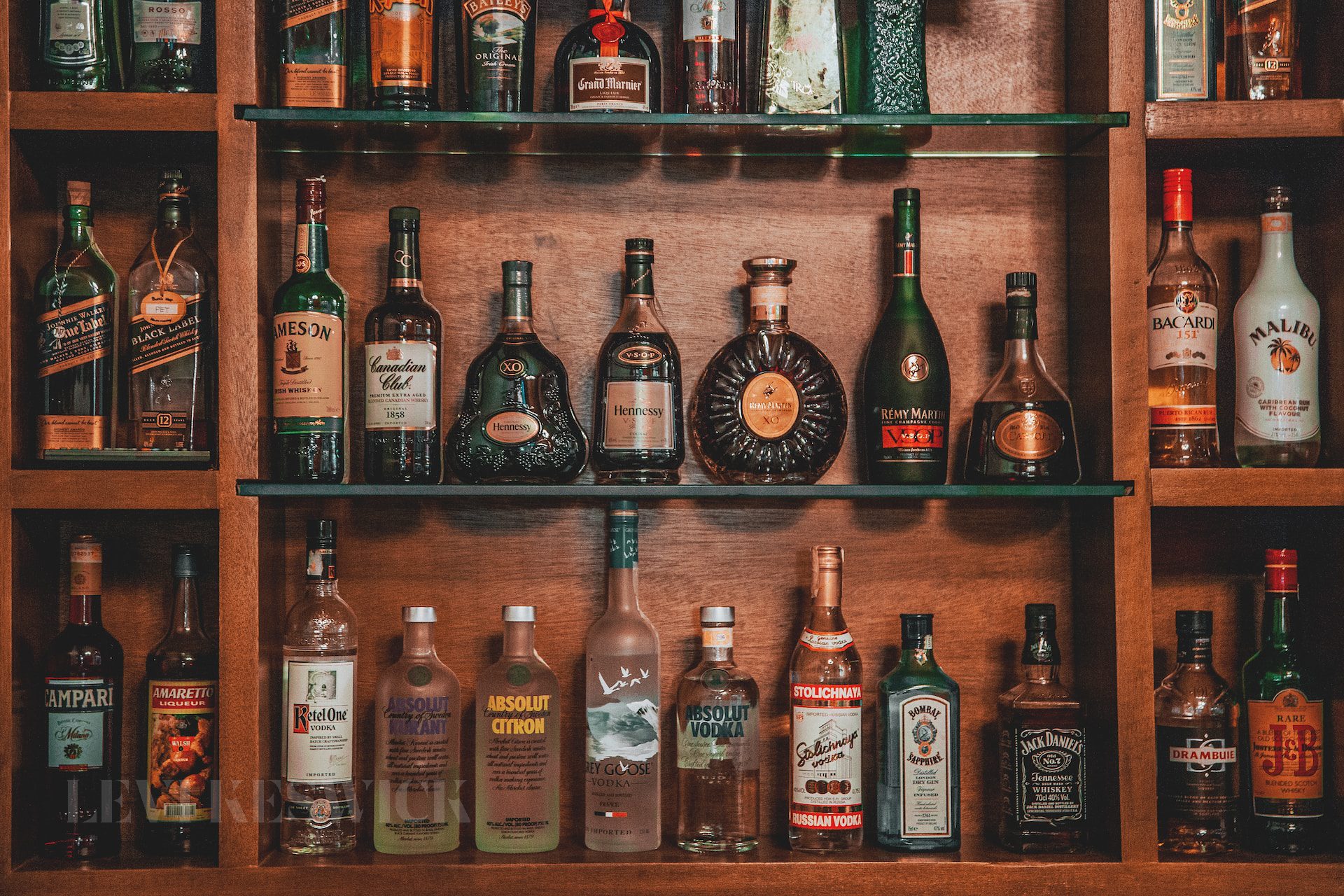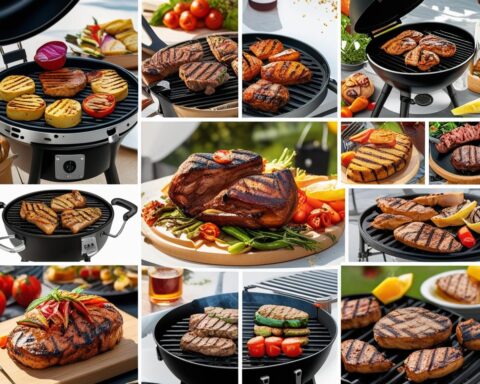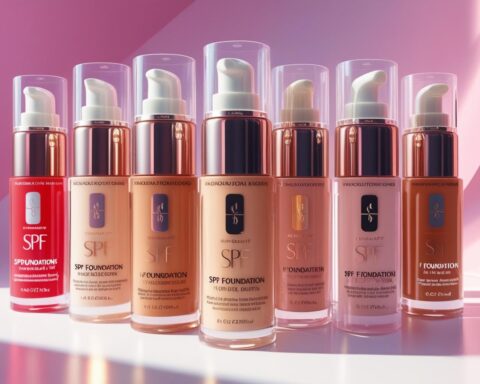Key Takeaways:
- Liquor bottle sizes can vary from shots to handles, each with unique measurements in ounces, milliliters, and shot counts.
- Different types of alcohol bottles offer different values; understanding these values can help optimize your alcohol investment.
- The 1/2 pint of Patron price, for example, can vary significantly based on these bottle size metrics.
- Knowing how many shots in a bottle, or the bottle’s volume, can assist in inventory management and cost-effectiveness.
The Importance of Understanding Liquor Measurements
The world of spirits can be intricate and sometimes puzzling. From amateur enthusiasts to seasoned connoisseurs and business owners, understanding liquor measurements is fundamental. Whether you’re comparing a 1/2 pint of Patron price to a liter or trying to estimate how many servings are in a magnum bottle, a solid grasp of liquor measurements can greatly influence your purchasing decisions and inventory management.
Common Bottle Sizes: Shots, Pints, Liters, and Handles
When examining the common sizes of liquor bottles, we can categorize them into four main groups: shots, pints, liters, and handles.
A standard shot in the U.S. is considered to be 1.5 ounces or 44.36 milliliters, roughly equivalent to one serving of alcohol. Pints offer more substantial amounts, with a typical pint containing 16 ounces or 473 milliliters, equating to approximately 10.5 standard shots. Scaling up, a liter holds 33.82 ounces or 1,000 milliliters – around 22 shots. Finally, a handle, or a 1.75-liter bottle, is the largest commonly found size, housing 59.18 ounces or 1,750 milliliters, which equates to 39 standard shots.
While the aforementioned sizes are most frequently encountered, there’s a range of less common bottle sizes that you might encounter, each providing different quantities of liquor.
Nips or minis, small 50ml bottles, are roughly equivalent to a 1.5-ounce shot, making them a favorite for single-serve convenience. Quarter pints, holding 100 ml or 3.4 ounces, approximately equate to two standard shots. Meanwhile, a half-pint holds twice as much, with about four standard shots in 200 ml or 6.8 ounces.
If you’re looking to serve a crowd, magnum bottles might be your choice. They contain 1.5 liters or 50.7 ounces of liquor, translating to about 34 standard shots. Even larger, a double magnum or jeroboam holds 3 liters or 101.4 ounces, equating to approximately 67 shots. The largest of them all, the rehoboam, holds an impressive 4.5 liters or 152.2 ounces, containing over 101 standard shots – a size reserved for truly special occasions.
Calculating the Number of Shots, Ounces, and Milliliters in a Bottle
Understanding the calculations that determine the number of shots, ounces, and milliliters in a bottle is crucial. Knowing the standard U.S. shot size (1.5 ounces or 44 milliliters) sets the baseline for this understanding.
Take a 750 ml bottle, also known as a fifth, as an example. This size is among the most common and contains approximately 25.36 ounces. Translating this to shots, there are roughly 17 standard shots in a 750 ml bottle. Now, if we consider a smaller size, like a 375 ml bottle, it contains around 8.5 shots, half of what a 750 ml bottle provides.
The Role of Bottle Sizes in Evaluating Prices
Understanding bottle sizes can be a game-changer when evaluating liquor prices. For example, when comparing the 1/2 pint of Patron price to a liter, it’s crucial to consider the number of servings each provides. This knowledge ensures cost-effectiveness, helping you make informed choices when purchasing for personal consumption or managing bar inventory.
Conclusion
In the complex world of liquor measurements, understanding the correlation between bottle sizes, ounces, milliliters, and shot counts can demystify many aspects of liquor buying and inventory management. Whether you’re trying to maximize the value of your purchases, manage bar inventory more effectively, or even just grasp the real value of the 1/2 pint of Patron price, this knowledge will empower you to make more informed decisions. So the next time you browse the liquor aisle, remember – a bit of calculation can lead to optimal satisfaction!








